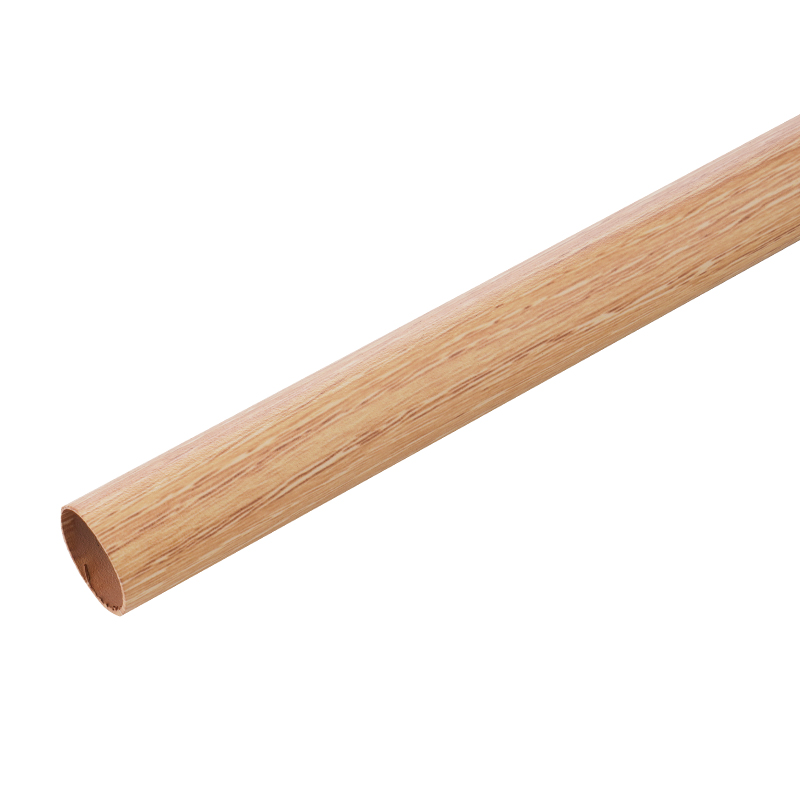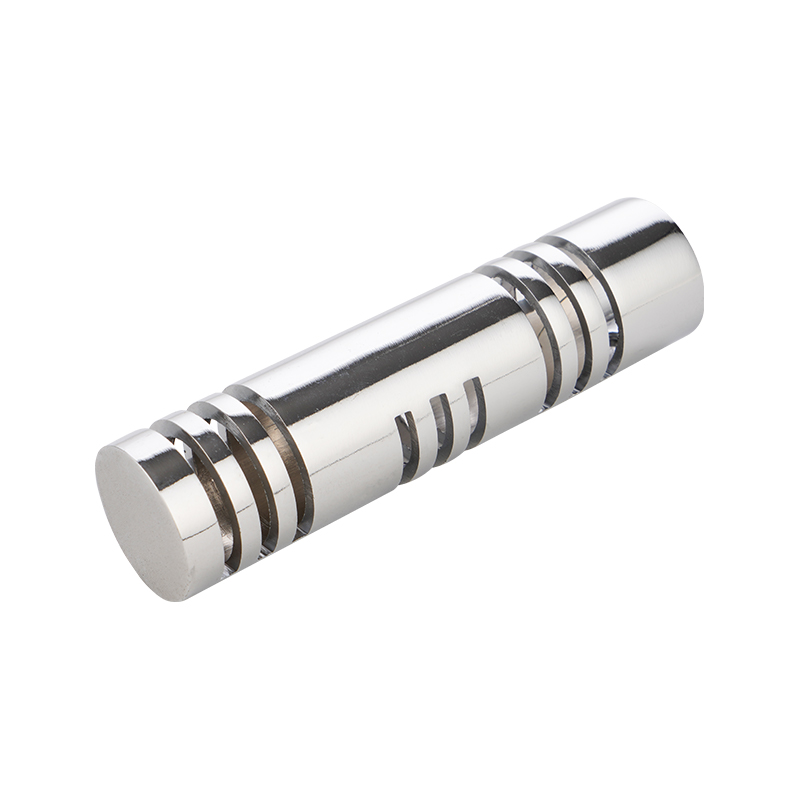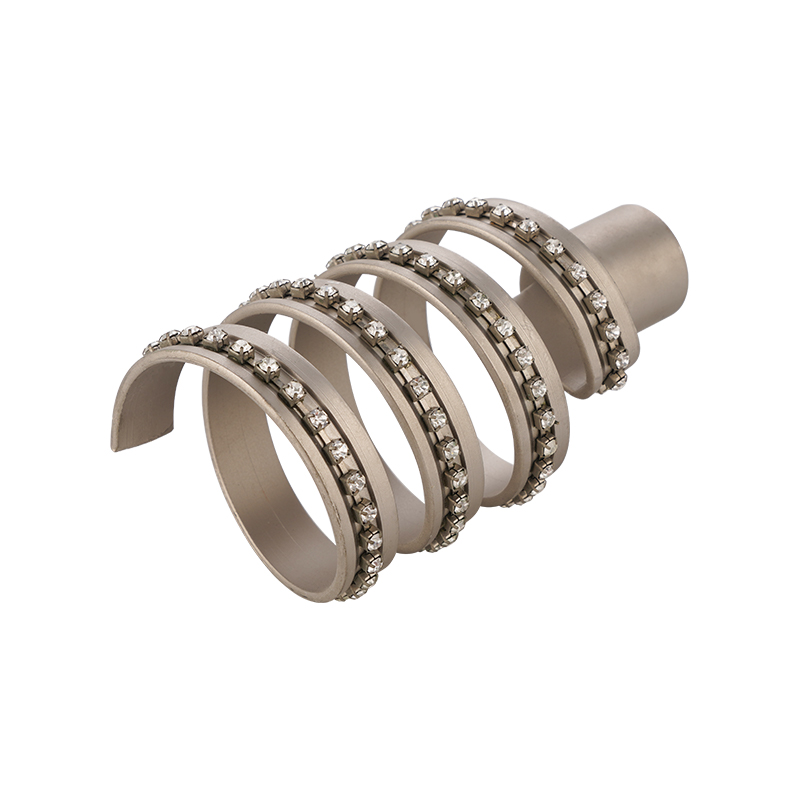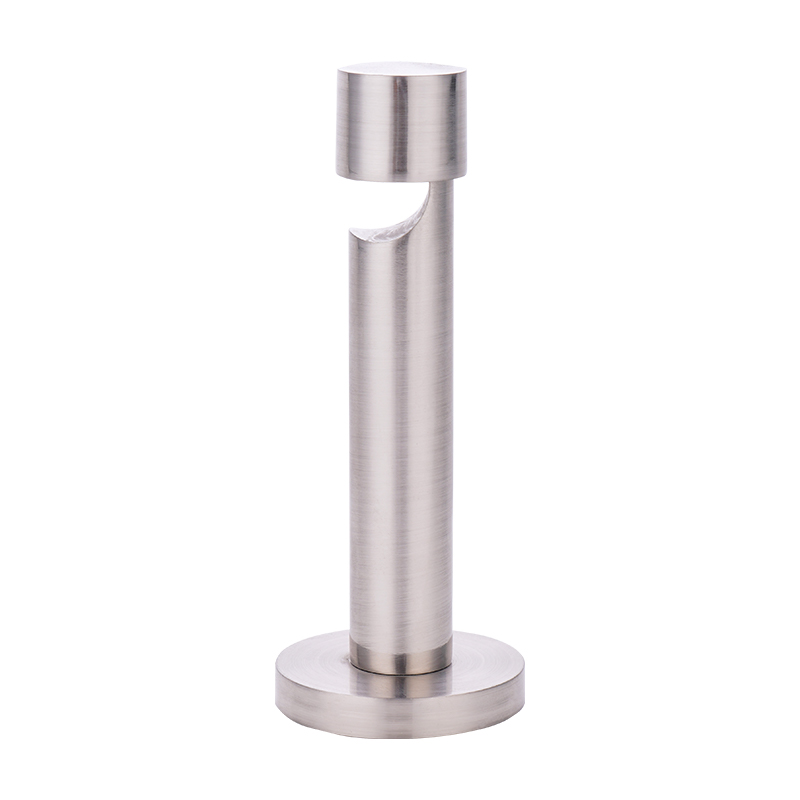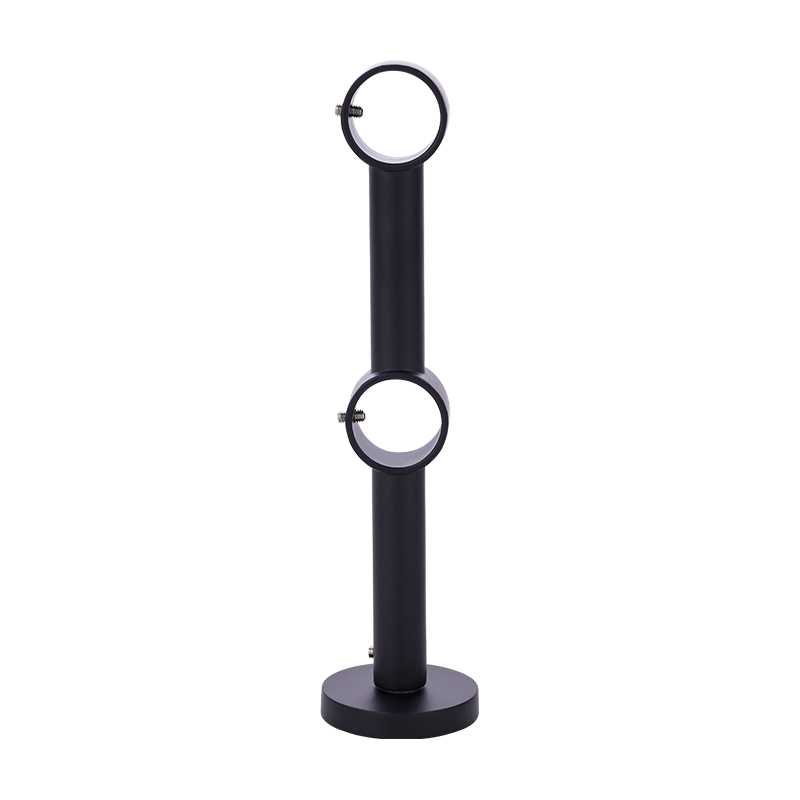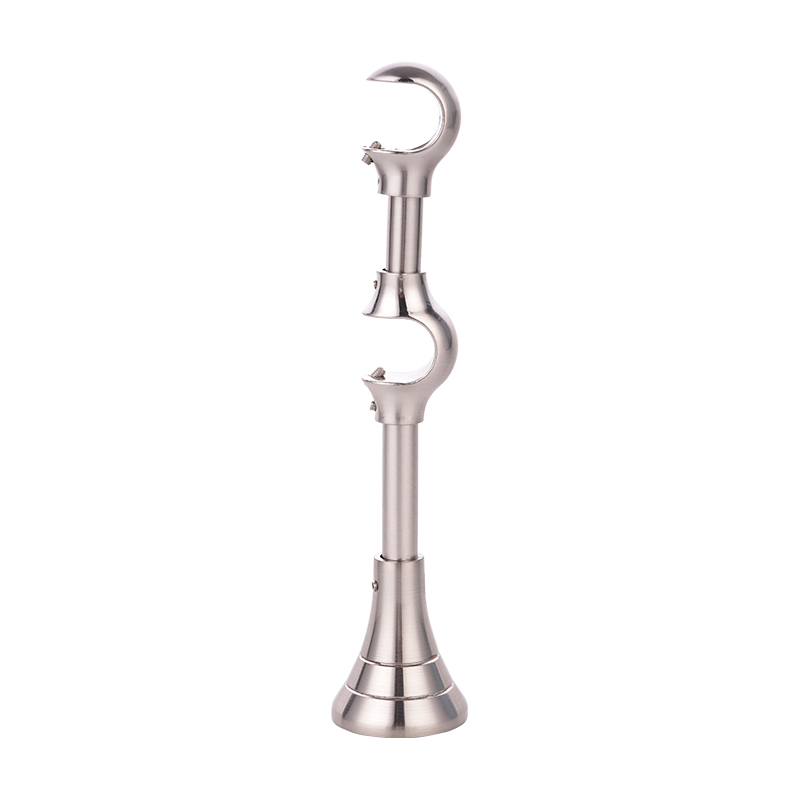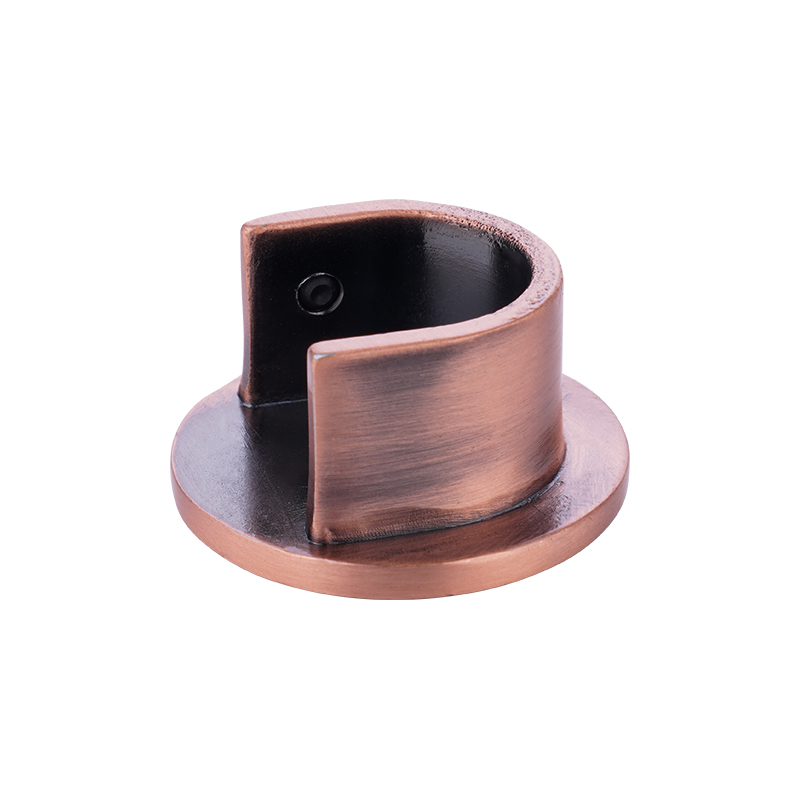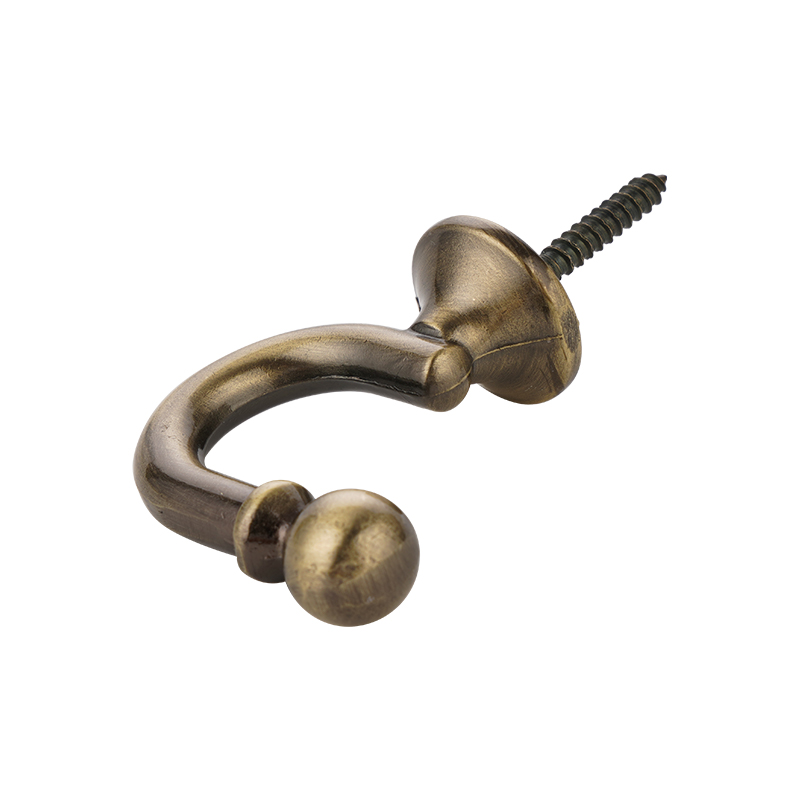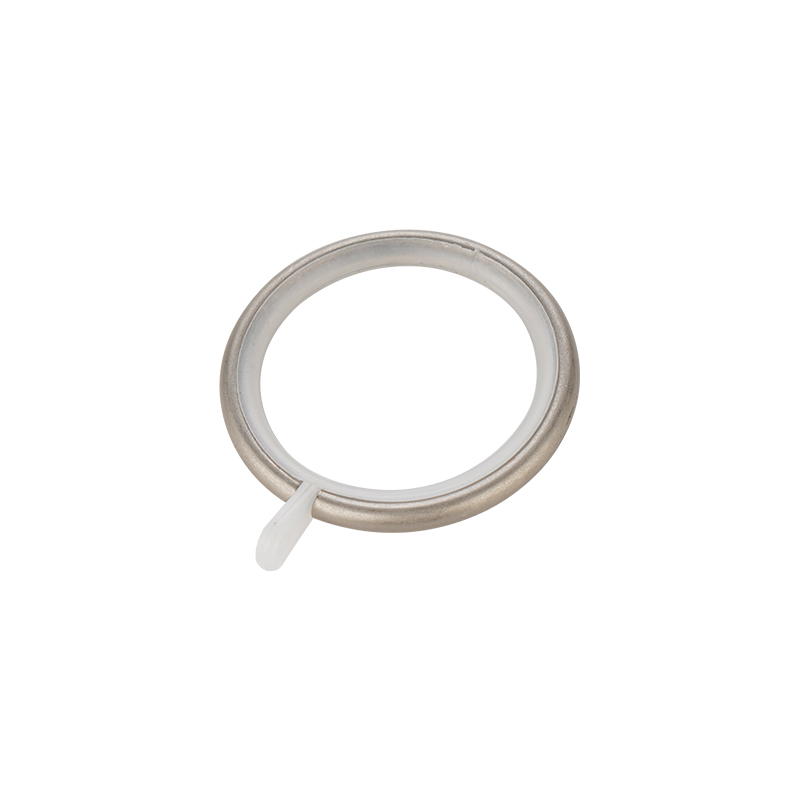Introduction to Curtain Rail Load Limits
When selecting a curtain rail, one of the most critical factors to consider is the maximum load limit, which determines the amount of weight the rail can safely support. The maximum load capacity is crucial to ensuring the curtain rail operates effectively and remains structurally sound over time. Improper selection of a curtain rail that cannot handle the required weight can lead to issues such as sagging, bending, or even complete failure of the system. This article delves into the factors that influence load limits, how to calculate these limits, and how to choose the appropriate curtain rail based on these considerations.
Understanding Curtain Rail Load Limits
The load limit of a curtain rail refers to the maximum weight it can carry without compromising its functionality or structural integrity. This load includes not just the weight of the curtains themselves, but also any additional weight from curtain accessories such as hooks, finials, and rings. A curtain rail’s load capacity can vary depending on the material it is made from, its design, and the method of installation. Choosing a curtain rail with the right load capacity is essential to ensure that it can withstand the weight of the curtains while maintaining a smooth and reliable operation.
Factors Affecting Load Limits of Curtain Rails
Several factors contribute to determining the maximum load capacity of curtain rails. These factors include the material used in the rail, the size and design of the rail, the installation method, and the type of curtain being used. Understanding how each of these factors impacts the load limit can help in selecting the correct curtain rail for specific needs.
Material of the Curtain Rail
The material from which the curtain rail is made plays a significant role in its load-bearing capacity. Common materials used for curtain rails include aluminum, steel, wood, and PVC. Each material has different strength characteristics that affect how much weight it can support. For example, aluminum is lightweight but may not have the same weight-bearing capacity as steel. Steel curtain rails, on the other hand, tend to be much stronger and can support heavier curtains. Wooden rails may also support substantial weight but can be more prone to bending or warping under excessive load, particularly if they are not properly supported. PVC, while cost-effective, generally has a lower weight tolerance and is better suited for lightweight curtains.
Rail Design and Profile
The design and profile of the curtain rail can also influence its load-bearing capacity. For instance, a thicker or more rigid rail will typically have a higher weight tolerance compared to a thinner or more flexible rail. Curtain rails come in various shapes, such as round, square, or U-shaped, each offering different levels of strength and support. Additionally, the use of reinforcement features such as double or triple tracks can help distribute the load more evenly across the rail. Choosing the right profile based on the weight of the curtains will ensure better stability and performance.
Installation Method
How a curtain rail is installed significantly affects its maximum load limit. The type of mounting hardware used, the spacing between brackets, and how securely the rail is fixed to the wall or ceiling all impact the rail's ability to support weight. Curtain rails that are installed with a greater number of brackets or support points can generally bear more weight because the load is distributed more evenly. On the other hand, rails with too few brackets or inadequate support may experience strain, leading to bending or failure. It is also important to ensure that the rail is anchored into a strong and stable surface, such as a stud or solid wall, to prevent damage from heavy loads.
Type of Curtain and Accessories
The type of curtain being hung, as well as any accessories used, can also affect the load on the curtain rail. Heavy curtains, such as those made from thick fabrics like velvet or blackout material, will add more weight to the rail compared to lighter curtains made from materials like cotton or linen. Additionally, accessories such as curtain rings, hooks, and decorative finials can add extra weight. When selecting a curtain rail, it is important to account for both the weight of the curtain fabric and any additional hardware used, ensuring that the total weight does not exceed the rail’s maximum load capacity.
How to Calculate the Load on a Curtain Rail
Calculating the total load on a curtain rail involves considering the weight of the curtains, the weight of any additional accessories, and the method of installation. Below is an outline of the steps involved in calculating the load:
- Measure the weight of the curtains: The weight of the curtains can typically be found on the product label or obtained from the manufacturer. If not, the weight can be estimated by using the fabric’s weight per meter and multiplying by the total length of the curtain.
- Account for accessories: Add the weight of curtain hooks, rings, and finials. This weight can usually be found in the product specifications or estimated based on the number of accessories used.
- Consider the number of brackets: The more brackets or support points used, the better the load distribution. Calculate the total load per bracket by dividing the total weight of the curtains and accessories by the number of brackets or supports.
- Include a safety margin: It is always a good idea to add a safety margin to the total load to account for any variations in weight or unexpected factors. A typical safety margin is 20-30% more than the calculated load.
Choosing the Right Curtain Rail Based on Load Limits
Once the total load is calculated, selecting a curtain rail that can support this weight is crucial. The first step in this process is to check the manufacturer’s specifications for the maximum load capacity of the rail. Different types of rails, made from various materials and designs, will have different load limits. For example, a heavy-duty steel rail may support up to 50 kg, while a lightweight aluminum rail may only be suitable for curtains weighing up to 10 kg.
Considerations When Selecting the Rail
In addition to matching the weight of the curtains to the rail's load capacity, other factors should be considered when selecting a curtain rail:
- Style and aesthetics: The design of the rail should match the décor and style of the room. While function is essential, the appearance of the curtain rail also plays an important role in interior design.
- Length of the rail: Ensure that the rail is long enough to support the full width of the window and that the brackets are spaced evenly to distribute the load properly.
- Ease of operation: Heavier curtains will require smoother mechanisms to ensure easy operation. For very heavy curtains, consider rails with a gliding or tracking system to make opening and closing more manageable.
Choosing the Correct Brackets and Supports
The brackets and supports used to mount the curtain rail play a crucial role in the overall load capacity of the system. The more support points there are, the more evenly the weight is distributed. It is essential to use the right type of bracket for the rail, as well as to space them appropriately. For longer curtain rails, additional support brackets should be installed to prevent sagging. The material and design of the brackets should also be chosen according to the weight of the curtain and the load limit of the rail. For example, heavy-duty brackets are essential for supporting thick, heavy curtains, whereas lighter brackets may be sufficient for standard drapes.
Example Load Calculation
| Factor | Example Calculation |
|---|---|
| Curtain Weight (2 meters long, 1.5 kg per meter) | 2 meters x 1.5 kg = 3 kg |
| Weight of Accessories (10 curtain hooks, 0.05 kg each) | 10 hooks x 0.05 kg = 0.5 kg |
| Total Weight of Curtains and Accessories | 3 kg + 0.5 kg = 3.5 kg |
| Brackets Used (3 brackets) | 3.5 kg ÷ 3 brackets = 1.17 kg per bracket |
| Safety Margin (20%) | 3.5 kg x 1.2 = 4.2 kg |

